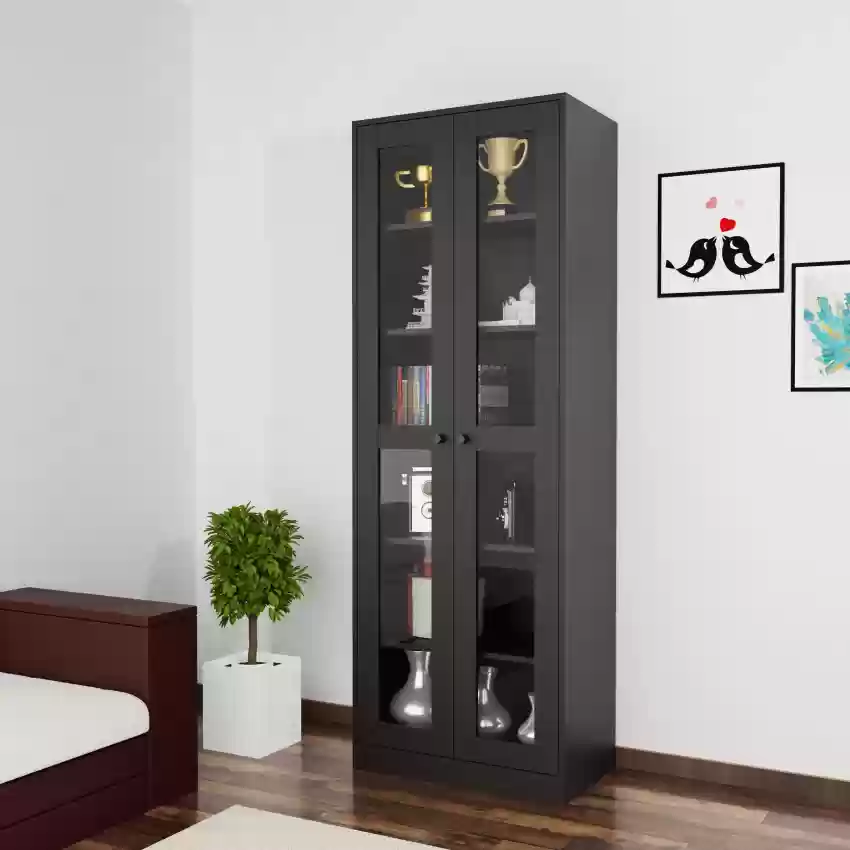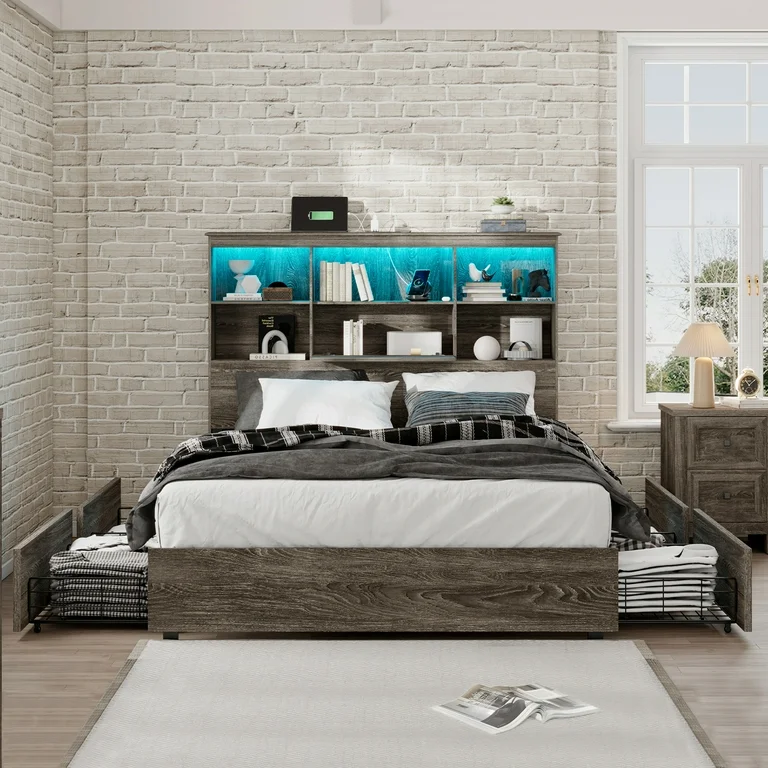 Introduction:
Introduction:
Determining the appropriate length for a sofa is a crucial factor when selecting furniture for your living space. The size of a sofa not only affects its visual impact but also influences its functionality and how it fits within your room. In this comprehensive article, we will explore the dimensions, considerations, and factors involved in determining the length of a sofa. From standard sizes to customization options, understanding sofa length will help you make an informed decision that ensures both comfort and style in your home.
 Here are some common types of sofas:
Here are some common types of sofas:
There are several types of sofas available, each offering different features and styles. Here are some common types of sofas:
Sectional Sofa:
A sectional sofa consists of multiple sections or pieces that can be arranged in various configurations to fit different room layouts. This type of sofa is known for its versatility and ability to provide ample seating for larger spaces.
Chesterfield Sofa:
The Chesterfield sofa is a classic and elegant design characterized by its deep button tufting, rolled arms, and high back. It often features luxurious materials like leather and adds a touch of sophistication to traditional or vintage-inspired interiors.
Lawson Sofa:
The Lawson sofa is a popular choice for its casual and comfortable design. It typically features a boxy shape, loose cushions, and a lower backrest. Lawson sofas can be found in various styles, from contemporary to traditional, and are known for their relaxed and inviting appearance.
Camelback Sofa:
Camelback sofas are recognized for their distinctive arched backrest that resembles a camel’s hump. They often have exposed wooden legs, scrolled or curved arms, and traditional upholstery. Camelback sofas are commonly seen in formal or traditional spaces.
Sleeper Sofa:
Also known as a sofa bed, a sleeper sofa is a versatile piece of furniture that can be used as both a seating area and a sleeping surface. It typically features a fold-out mattress or a pull-out mechanism, providing an extra bed for guests or accommodating sleeping arrangements in smaller spaces.
Loveseat:
Loveseats are smaller sofas designed to comfortably seat two people. They come in various styles, from modern to traditional, and can be used as standalone pieces or as part of a larger seating arrangement.
Recliner Sofa:
A recliner sofa features individual reclining seats that allow users to adjust their position for optimum comfort. These sofas are popular for entertaining spaces or relaxation areas, providing extra support and relaxation options.
Mid-Century Modern Sofa:
Mid-century modern sofas are characterized by their clean lines, tapered legs, and retro-inspired designs. They often feature bold colors or geometric patterns and can be a statement piece in contemporary or eclectic interiors.
These are just a few examples of the different types of sofas available. Each type offers its own unique style, comfort level, and functionality, allowing you to choose the one that best fits your needs and aesthetic preferences.
Understanding Sofa Length
Standard Sofa Lengths:
Sofas typically come in standard lengths, ranging from 6 to 8 feet (180 to 240 cm).
However, it is important to note that these measurements can vary depending on the manufacturer and design.
Factors Influencing Length:
Sofa length is influenced by factors such as the number of people it can accommodate, the available space in your room, and the desired aesthetic.
 Determining the Right Length
Determining the Right Length
Room Size and Proportions:
Measure the available space in your room to determine the maximum length that can comfortably fit.
Consider the proportion of it to the room, ensuring it does not overpower or seem too small for the space.
Seating Capacity:
Choose a sofa length based on the number of people you want it to accommodate comfortably.
Consider whether you prefer , three, or more people, depending on your needs and the available space.
Functionality and Use:
Consider how you plan to use the sofa in terms of lounging, entertaining, or simply as a decorative piece.
The length should accommodate your intended activities and provide suitable seating and comfort.
Sofa Length and Room Layout
Centralized Focal Point:
A longer sofa can act as a centralized focal point, anchoring the room and creating a sense of balance.
This works particularly well in larger spaces or open-plan layouts.
Floating Furniture:
In smaller or multi-purpose rooms, a shorter sofa allows for more flexibility in furniture arrangement.
Placing a shorter sofa away from the walls can create a more spacious and open feel.
Considering Other Furniture:
Take into account other furniture in the room, such as coffee tables or accent chairs, when determining the ideal sofa length.
Ensure that these pieces harmonize with the sofa and create a cohesive layout.
Customization and Modularity
Custom-Length Sofas:
Many furniture manufacturers offer customization options, allowing you to choose a sofa length that perfectly fits your space.
This can be a suitable solution for unconventional room sizes or unique layout requirements.
Modular Sofas:
Modular sofas consist of individual sections that can be combined and rearranged to create different lengths and configurations.
This versatility allows you to adapt it to your changing needs and accommodate various room sizes.
 Here are some cleaning techniques for maintaining a clean sofa:
Here are some cleaning techniques for maintaining a clean sofa:
Vacuuming:
Regularly vacuum it with a brush attachment to remove dust, dirt, and loose debris. Pay attention to crevices, cushions, and seams where particles can accumulate.
Spot Cleaning:
For small stains or spills, quickly blot the area with a clean cloth or paper towel to absorb the liquid. Avoid rubbing, as it may spread the stain. Follow up with a mild detergent mixed with water to gently clean the affected area.
Upholstery Cleaner:
Use an upholstery cleaner that is suitable for the fabric . Follow the instructions on the product and test it on a small, inconspicuous area of the sofa first to ensure it doesn’t cause any damage or discoloration.
Steam Cleaning:
For deeply embedded dirt or to refresh it, steam cleaning can be effective. You can rent or purchase a steam cleaner specifically designed for upholstery. Always follow the manufacturer’s guidelines and allow sufficient drying time afterward.
Protecting the Fabric:
Consider applying a fabric protector or spray to protect it from stains and spills. Make sure to check if the protector is suitable for the specific fabric before application.
Fluffing and Rotation:
Regularly fluff and rotate the cushions to distribute wear and tear evenly. This prevents the sofa from developing uneven sagginess and helps maintain its shape and appearance.
Professional Cleaning:
If it requires a deep cleaning or if it has stubborn stains that you cannot remove yourself, consider hiring a professional upholstery cleaning service. They have specialized equipment and expertise to effectively clean and restore yit.
Remember to always check the manufacturer’s instructions and recommendations for cleaning and maintenance specific. It’s also a good idea to address spills or stains promptly to prevent them from setting in and becoming more difficult to remove.
 Conclusion:
Conclusion:
Determining the appropriate length is a process that involves considering factors such as room size, seating capacity, and desired functionality. Whether opting for a standard-length sofa or exploring customization and modularity options, finding the perfect fit ensures both comfort and style in your living space. By understanding the dimensions and considering the layout of your room, you can select a sofa length that enhances the aesthetic appeal, optimizes seating capacity, and creates a harmonious balance within your home.



